For most countries where agriculture remains central to livelihoods, food security, and economic development, one challenge persists: how to use soil data effectively across planning, advisory, and field-level delivery. While considerable investment has been made in agri-digital systems, one asset remains underleveraged: soil intelligence.
Soil is the silent enabler of agriculture. It influences every stage of cultivation, from crop selection and fertilizer dosing to overall land productivity. Yet, in many agricultural landscapes, soil data remains fragmented—trapped in lab reports or scattered surveys, far from the reach of those who need it most.
What if that data could be turned into an operational resource? One that guides fertilizer recommendations, supports land-use zoning, and enables evidence-based advisories for local planning?
That is where Soil Information Systems (SIS) come in. These platforms unify how soil data is collected, analyzed, and applied across institutional and farm-level workflows. A powerful example of this is Ethiopia’s National Soil Information System (NSIS), developed by the Ministry of Agriculture and the Agricultural Transformation Agency in partnership with CSM Technologies. NSIS illustrates how a digital backbone for soil data can reshape planning and deliver tangible support to farmers on the ground.
.jpg)
Turning Soil Samples into Strategic Decisions
The value of a Soil Information System lies not just in data capture, but in its ability to translate complex soil characteristics into location-specific, actionable insights.
In Ethiopia’s case, over 80,000 samples from 748 woredas had already been gathered under the EthioSIS program, covering parameters such as pH, texture, and macro- and micronutrient content. But much of this valuable data remained scattered across agencies and reports, limiting its practical use.
NSIS bridges this gap by bringing together the entire soil data lifecycle into one integrated platform—from GPS-enabled sampling and infrared spectrometry analysis to standardized records and fertilizer recommendations. Each soil sample is geo-tagged and scientifically analyzed using R-based statistical models, ensuring traceability and consistency.
What makes the system transformative is not just the analysis itself, but what follows. Once processed, the data becomes geo-referenced, standardized, and accessible through digital interfaces for timely decision-making by policymakers and extension agents. Region-specific fertilizer recommendations are generated by aligning soil fertility data with crop nutrient requirements.
How does this help the farmers? It means they receive tailored fertilizer recommendations, better land management advice, and more efficient access to support. It helps farmers make informed decisions on the very ground they cultivate.
.jpg)
From Soil Maps to Field Advisory: A Connected Platform
NSIS showcases how a Soil Information System can function as a multi-actor platform that goes beyond analysis to enable continuous use and coordination. Lab-verified data is integrated with remote sensing layers and transformed into spatially accurate soil maps. This enables departments to interpret soil conditions at scale and generate crop-aligned fertilizer plans at the regional level.
What if every soil map could also serve as a planning tool for targeted support? Rather than issuing general advisories, the platform supports customized recommendations tailored to location, soil type, and nutrient demand. These insights are shared through mobile and web interfaces, allowing extension agents to deliver validated, region-specific guidance grounded in scientific analysis.
The system also supports longitudinal tracking. Because each sample is archived with spatial coordinates and historical data, users can monitor changes in fertility over time, assess soil degradation, and plan for adaptive land-use decisions based on consistent evidence.
.jpg)
Institutional Impact and Farmer-Level Outcomes
Soil Information Systems also serve as institutional catalysts. With NSIS, departments no longer operate in silos. The platform enables coordinated use of soil data across multiple levels of governance, from lab technicians to planning officials.
This facilitates:
- Accurate spatial planning of fertilizer use
- Better utilization of existing soil data without duplication
- Monitoring of long-term soil health patterns
For farmers, the benefits are immediate. Fertilizer guidance becomes more targeted and aligned with local conditions. Over time, this contributes to better soil management and improved input utilization.
Isn’t that the ultimate goal? To ensure that every hectare gets the right care, every farmer gets the right advice, and every public fund invested by the state has measurable impact.
Building Scalable Soil Intelligence Infrastructure
As Ethiopia’s NSIS shows, Soil Information Systems can evolve. The system’s modular architecture allows for future enhancements aligned with national agricultural strategies. Its structure ensures continuity, interoperability, and traceability, helping decision-makers assess long-term impact—not just seasonal outcomes.
More importantly, it sets a blueprint for other nations and states: how to move from disconnected datasets to a centralized, operational asset. One that turns soil science into soil governance.


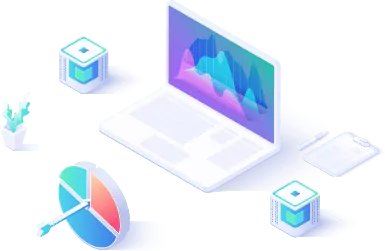



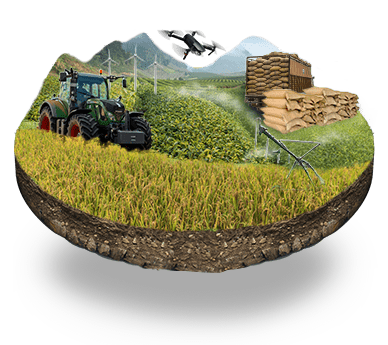
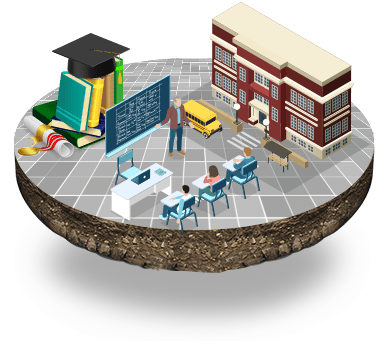
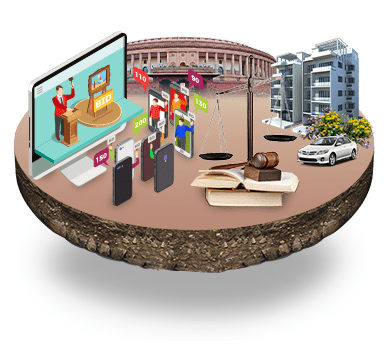

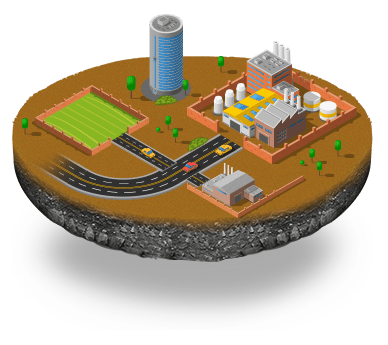
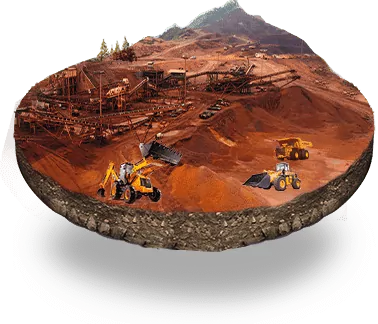




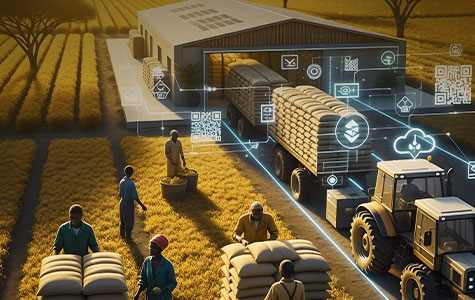

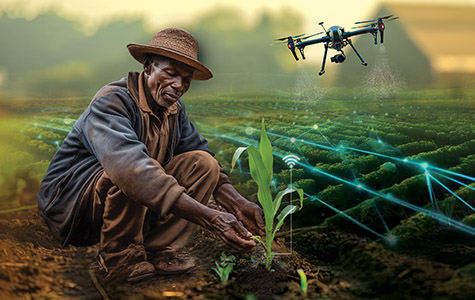







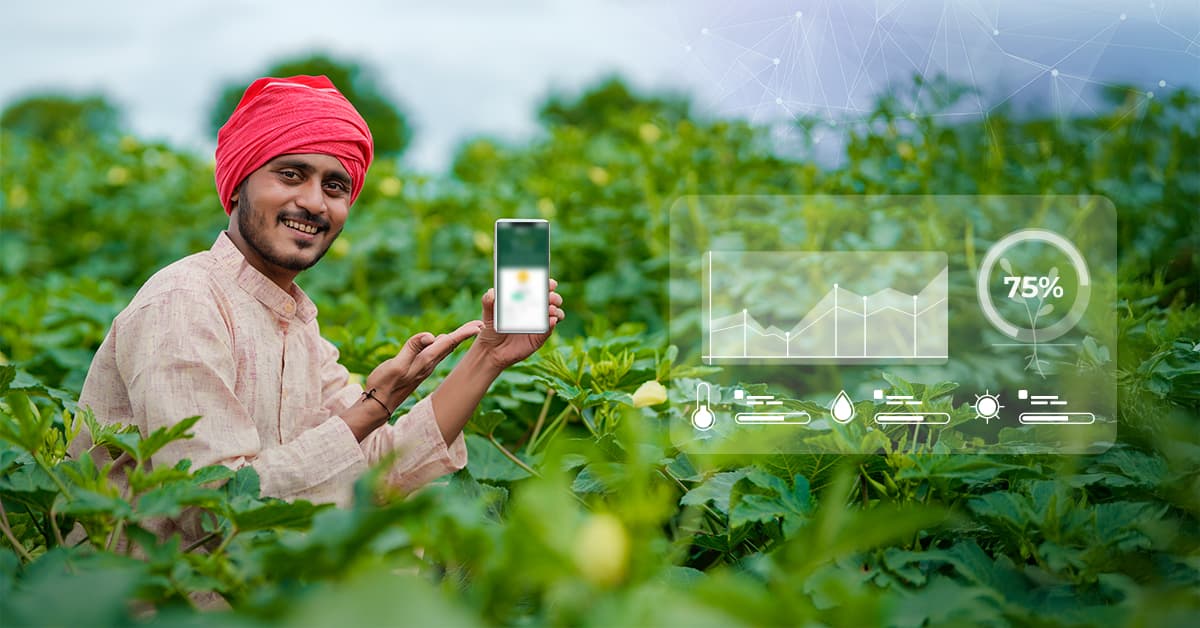
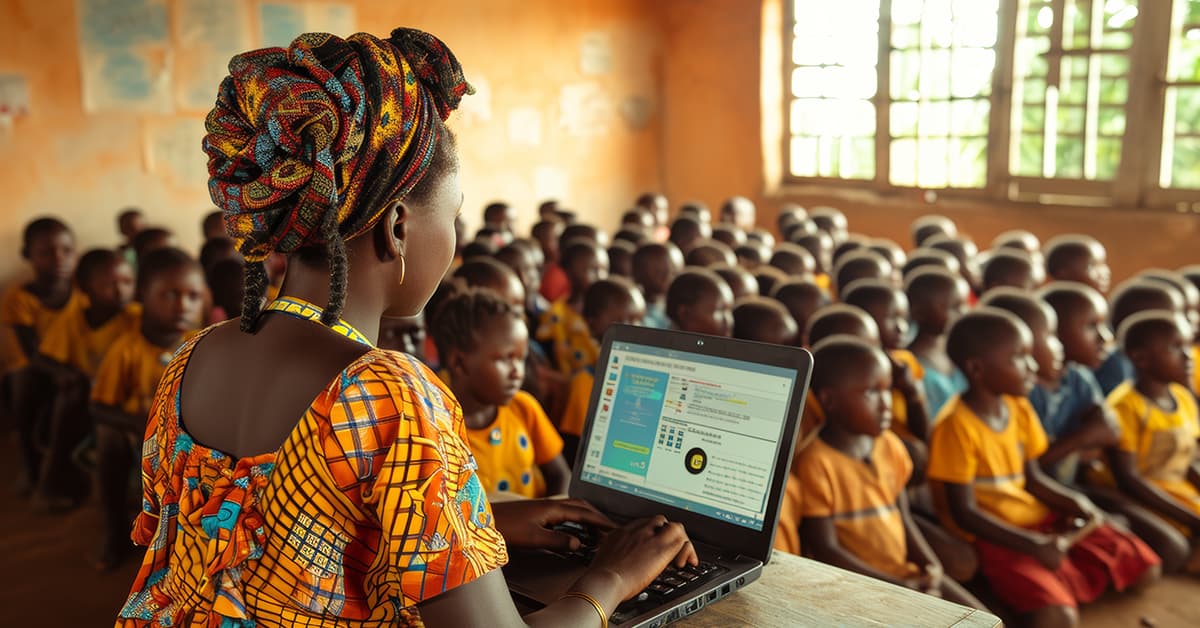
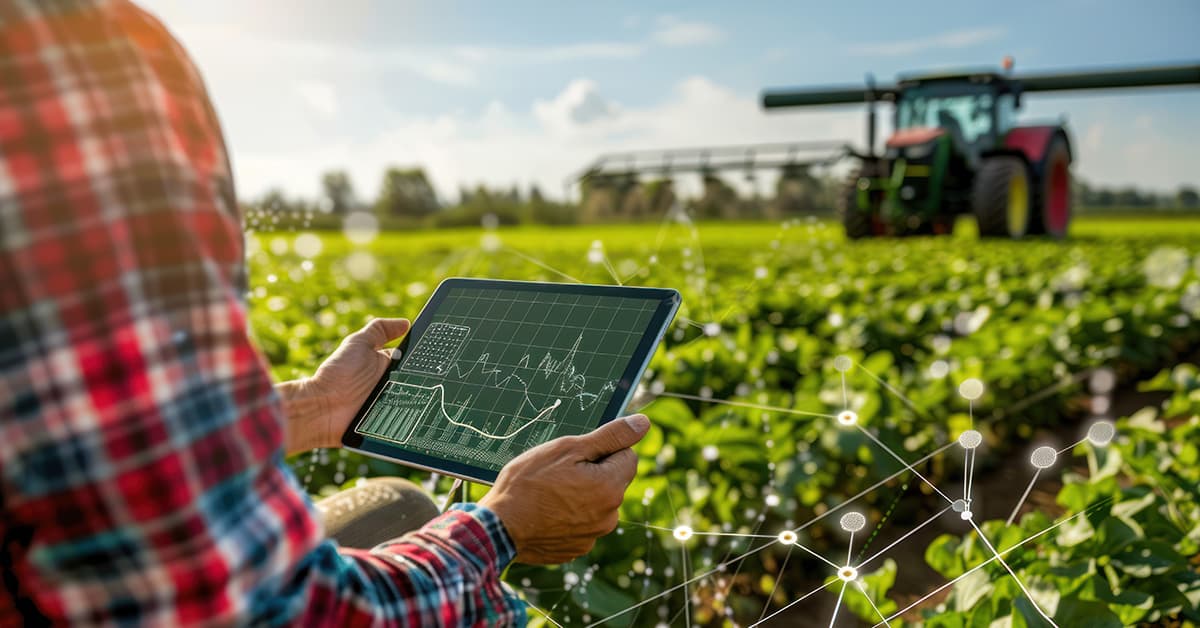







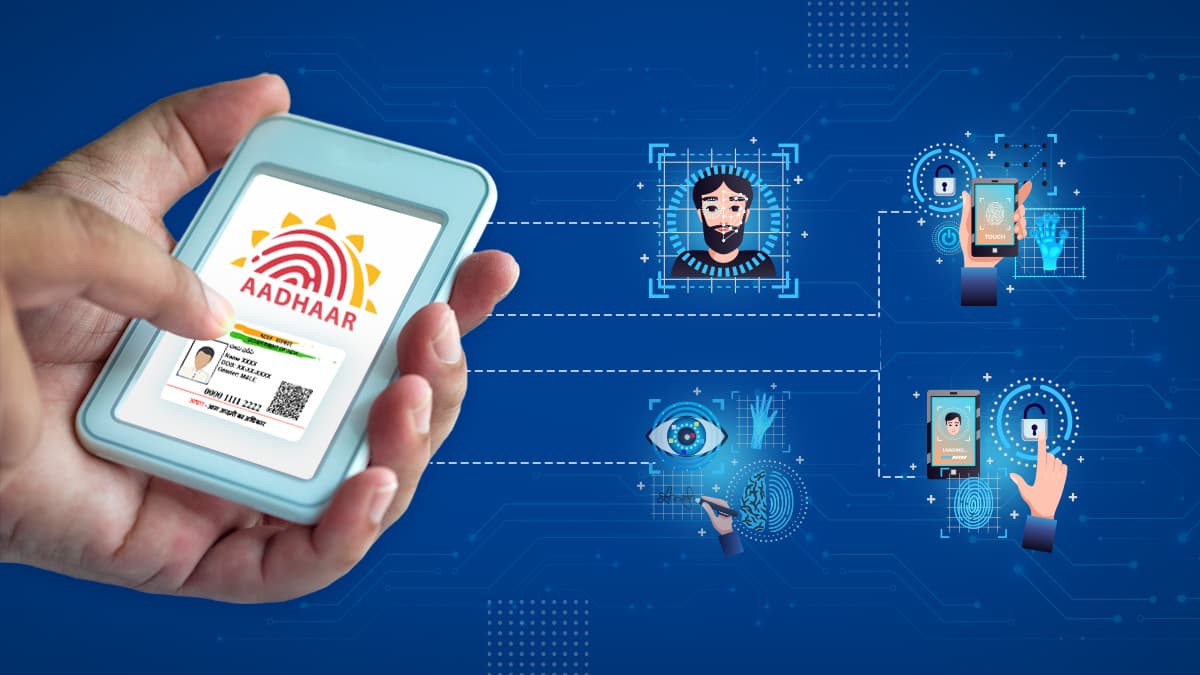
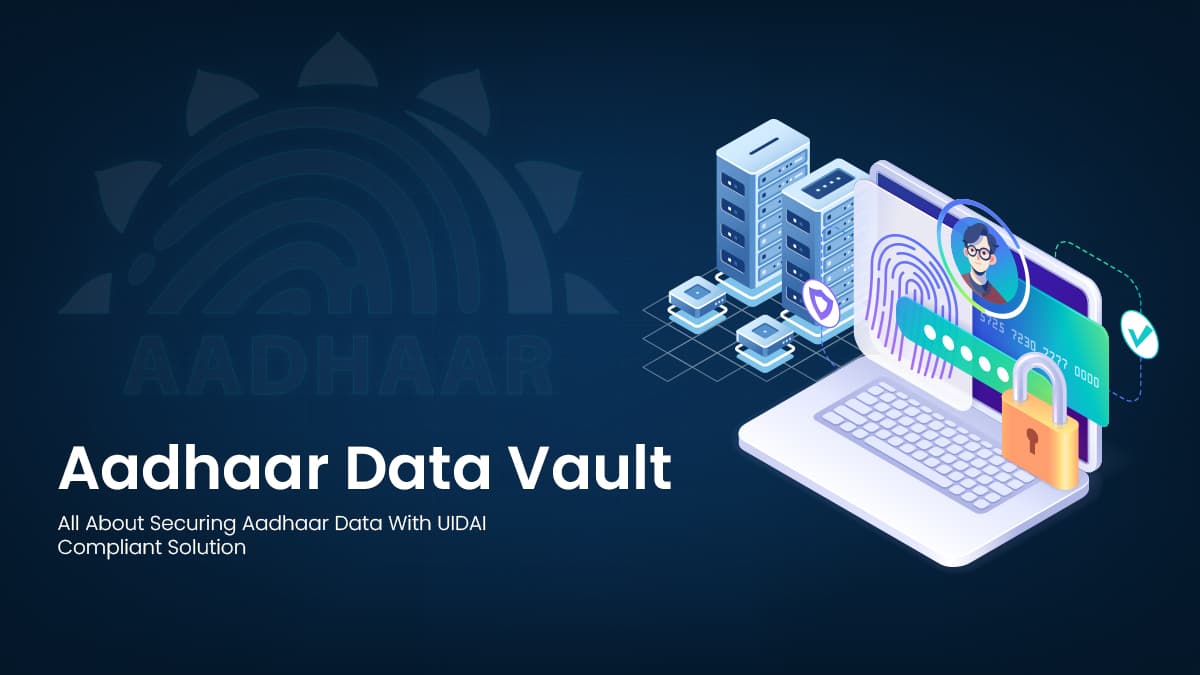



We will verify and publish your comment soon.